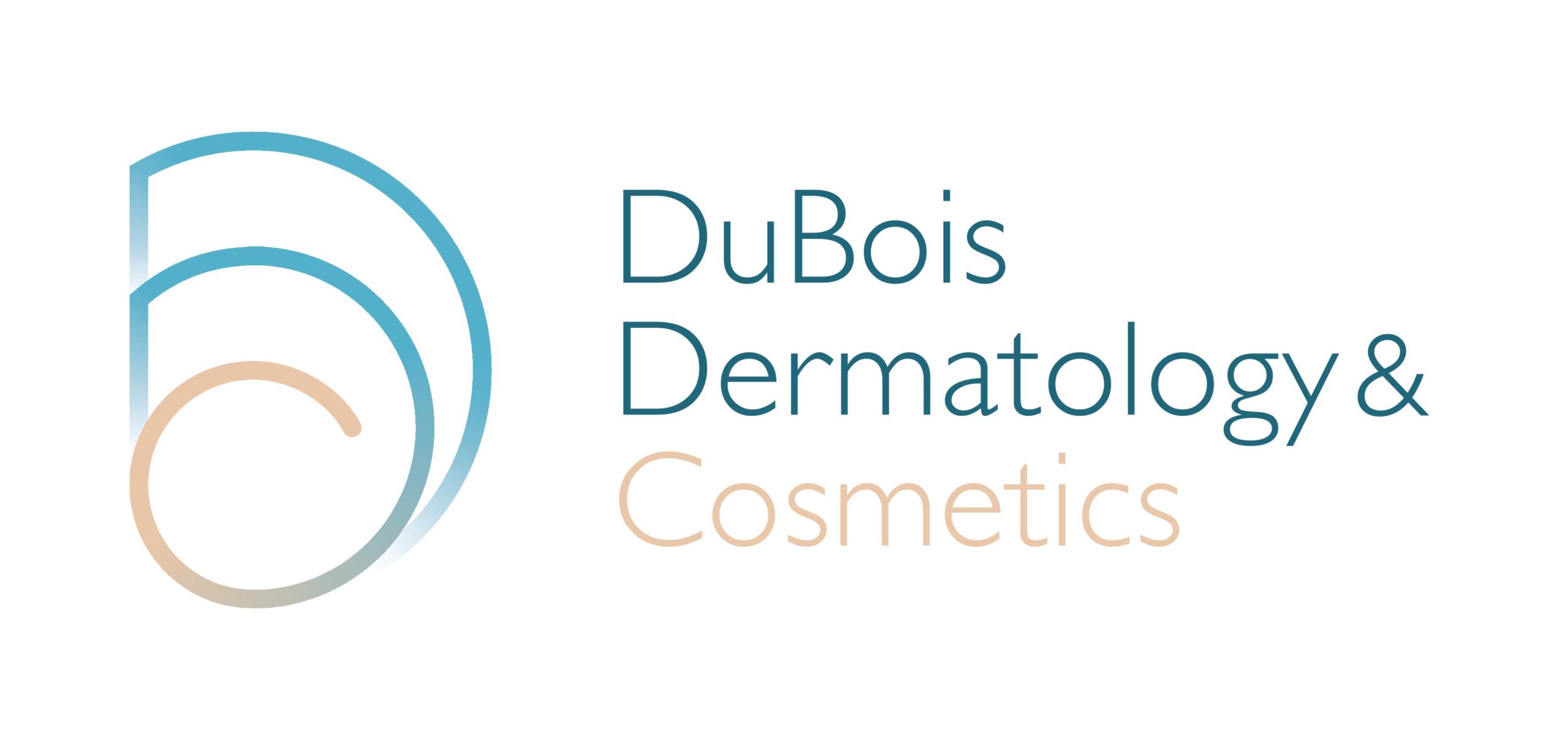Dermatitis is often a red, scaly, itchy rash that can occur on different parts of the body. Some of the more common types of dermatitis are discussed below.
Atopic Dermatitis or eczema is often seen in young children. Approximately 10-15% of children will experience some degree of eczema in infancy or early childhood. Often kids will “outgrow” this type of eczema. In babies, scaly red areas are commonly seen on cheeks, arms, and legs. As children age, eczema tends to become more concentrated in the folds of the arms and legs.
Asteatotic Eczema is seen more often in adults. It is related to dry skin that is often unresponsive to the application of lotion alone. This type of eczema is often exacerbated with exposure to colder, dryer climates.
Contact Dermatitis comes in two forms: allergic and irritant. Allergic contact dermatitis is due to contact with a substance to which you have developed an allergy. Poison ivy and poison oak are types of allergic contact dermatitis. Contact dermatitis can be caused by many potential allergens in the environment including fragrances, preservatives, metals (i.e. nickel), and medications. Patch testing (a type of allergy testing usually performed by a dermatologist) can be helpful to identify the allergens causing the rash.
Irritant contact dermatitis can look very similar to an allergic contact dermatitis. However, irritation rather than allergy leads to development of this rash. For example, frequent hand washing or harsh chemicals can cause an irritated rash on your hands.
Seborrheic Dermatitis typically occurs on the scalp, eyebrows, and around the nose. This can be similar to dandruff but is redder and sometimes itchy. Seborrheic dermatitis can be seen in infants (known as cradle cap) and adults. Shampoos and creams can be used to control this condition.
